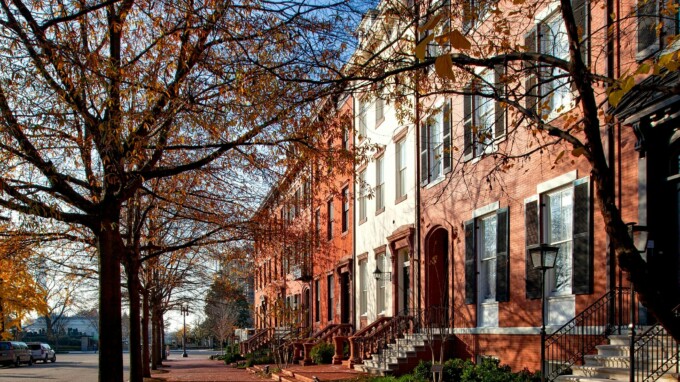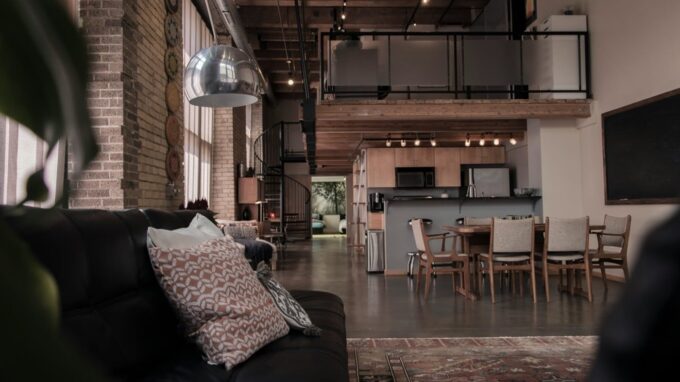Key Safety Steps to Add to Your Post-Move Checklist
Make your new home officially yours with a thorough safety inspection. These key steps will help you settle in with peace of mind.

Moving into a new home is an exciting time to start a new chapter in your life, but you also want to make sure your new place doesn’t have any concerns or hazards you may have missed beforehand during tours and walkthroughs.
Knowing what to look for is critical, even though certain things may not be obvious, it also comes with a responsibility to ensure a safe environment for you and your loved ones. Here are some of the essentials to look over to ensure your space is both inviting and safe.
Inspect Utility Lines and Entry Points
Electrics and Wiring
Even if you’re not a certified electrician, check for any clearly damaged wiring, which could pose a fire hazard. Be sure to locate the circuit breaker or fuse box and make certain that all switches are labeled correctly. If you spot anything unusual, contact a professional electrician immediately. Start with the basics; inspect all electrical systems, outlets and cords.
Water and Gas Lines
Likewise, examine water and gas lines for leaks or damage. Look for signs of corrosion or irregularities such as hissing sounds near gas lines. If there’s any suspicion, contact your local utility company to conduct a safety inspection. Look for leaks and drips around pipes and faucets. It’s also good to double-check the temperature setting on your water heater. These devices can get extremely hot and could release scalding water if not adjusted properly.
Windows and Staircases
Windows and staircases can present various safety concerns, especially for small children or pets. Ensure that all windows are functioning correctly and install window guards, especially for those low to the ground or on upper floors. Stairways should have a secure handrail; and consider using safety gates to keep little explorers from climbing unsupervised.
Secure Your Home: Locks, Alarms, and Safety Tips
Change the Locks, Test Smoke and Carbon Monoxide Detectors
You never know who might have a key to your new home, so changing the locks should be a top priority. This simple and relatively inexpensive task can provide peace of mind.
Make sure you have enough smoke and carbon monoxide detectors in key areas throughout your home – and that they all function properly. It’s recommended you change the batteries in smoke detectors every six months, so move-in is a great time to start that cycle.
Get to Know Your Neighborhood
Meet Your Neighbors
Getting to know your neighbors is increasingly becoming less common. According to one survey, only 36% of millennials know their neighbor, compared to 67% of boomers. Regardless of your age and disposition, building a rapport with your new neighbors can be invaluable. They can offer insights into local safety concerns, share tips, and provide support. A strong community network is an excellent safety measure.
Understand Local Laws and Ordinances
Familiarize yourself with any specific local laws or ordinances that may affect home safety. For example, some areas have strict fire pit regulations or noise restrictions.
Identify Nearby Essential Services
- Locate the nearest hospital, fire station, and police department.
- Keep a list of emergency contacts handy, and program them into your phones.
- Research local utility services and keep their emergency contact information visible for quick reference.
- Research community safety services such as neighborhood watch programs, local police stations, and local community centers which often offer a range of resources to help you stay safe.
Child and Pet Safety: Making Your Home Secure for Everyone
Childproofing
From cabinet locks to outlet covers, make sure your home is properly childproofed. Even if you don’t have kids, it’s a good habit to keep potential hazards out of reach of little ones who may visit. Cover all electrical outlets with childproofing plugs. While you’re at it, it’s a good idea to secure cabinets with locks to prevent access to dangerous household chemicals and tools.
Pet Considerations
Pets can be curious and potentially get into harmful items or situations. Keep all toxic substances, sharp objects, and electrical cords safely stowed. Keep pets safe and secure by checking the condition of fences and gates in your new yard.
Settling In for Safety
Moving into a new home is a significant life event – one that shouldn’t be ruined by significant house problems. Following these steps goes a long way toward ensuring a secure and pleasant environment for you and your family.


